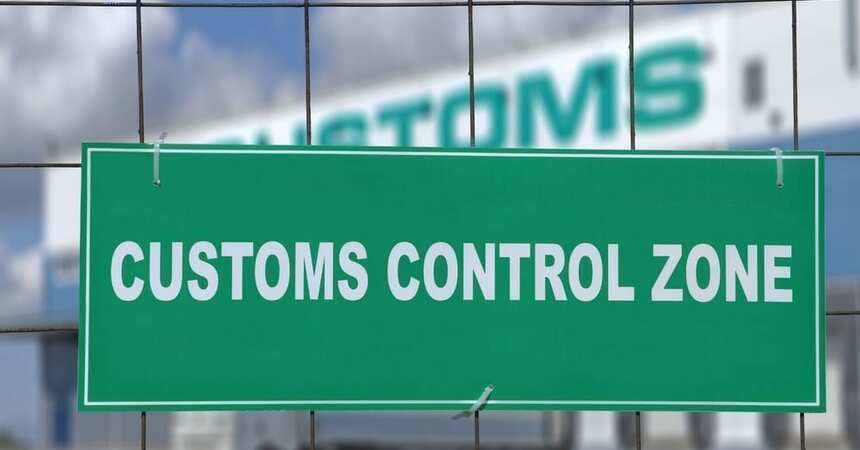There are a simple guideline and some NOTES for sender:
First of all, you need to understand that temporary import is more expensive than ordinary import customs regime because your shipment will be declared on customs twice - while import and then returning back (re-export). So, the customs broker will charge twice for making a customs clearance declaration.
But here is a chance to return some sum of money paid as government taxes (value-added tax on importation and duties) because products will not be sold in the territory of CU and in fact, these taxes are not applicable to the products that will be returned. Anyway, the customs will ask to pay them in advance as a credit. It is a kind of guarantee for the government that in case the product will not be returned the money will be paid.
These taxes are usually to be paid from the stated value of the products mentioned in the invoice. The rate is to be determined by HS code.
So here are the first 2 notes:
NOTE 1:
The shipment invoice should include HS code and stated value for each item mentioned in it.
NOTE 2:
The stated value should be only for customs clearance purposes (not a real market price of the product). It increases the chance to spend less money on customs clearance taxes. But this price should not be very small because the customs inspector has a right to reevaluate the invoice price according to the statistical price of the similar goods imported before.
In our practice, we sometimes return more than 80% of the paid taxes back after the product gets back to the sender. It takes nearly 2-3 months after shipment is completed.
Also, here we should mention some organizational note:
How the samples should be marked and what is important to note in the shipment invoice.
Marking:
Customs inspectors are very strict in correspondence to temporary import. They must be confident that re-exported goods are absolutely the same as the imported ones. So, they are checking the marking (model name and serial numbers) when goods are on customs.
So, cargo screening usually to be make. Our customs representative makes photos of each item in the shipment in order to finalize the procedure successfully. Even tiny products or accessories that highlighted in the invoice as separate items should have main identification parameters (model name/ serial number/ item number etc).
NOTE 3:
Do not forget to mark all products in the shipment, so we can make identification clearly.
NOTE 4:
- Sender information
- Consignee information (including telephone number and e-mail address)
- Product name and its identification information (model name/ serial number/ item number)
- The number of sending products
- The price for each item and the sum.
- HS code for each product
- Shipping terms (according to Incoterms)
- Destination information. Here we are always recommending the phrase that the shipment is not commercial and that it is to be sent for testing in the certification laboratory.
For any additional questions feel free to ask us through [email protected].
By Viktoriia Artemenko
Head of Certification Department
